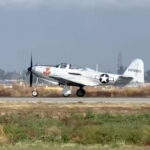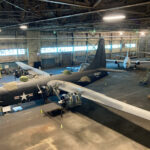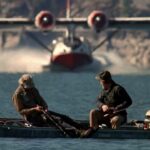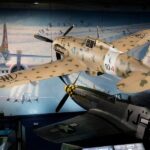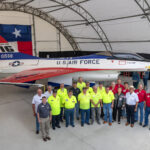While the Yanks Air Museum (YAM) of Chino, California is known primarily for maintaining an impressive collection of airworthy aircraft from American manufacturers, ranging from the early days of American aviation to the display of several modern fighters, it has also been host to one of the most active restoration departments of any aviation museum on the west coast. While regular readers may be familiar with their recent World War II fighter restorations, such as the Curtiss P-40 Warhawk, Bell P-63 Kingcobra, and Grumman F6F Hellcat, YAM is also now in the home stretch of restoring an example of a rugged aircraft of Canadian design, the Noorduyn Norseman. This aircraft design served the Allies during World War II and remains one of the most legendary bush planes to fly in the frontiers of Alaska and the Canadian Northern Territories.
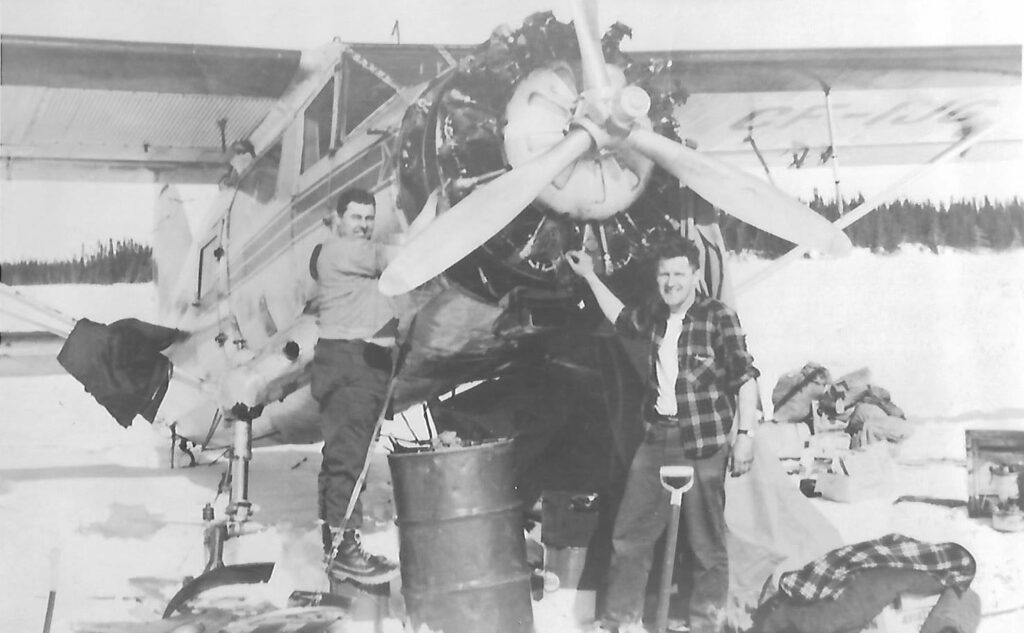
The Norseman was the brainchild of Dutch-born designer Robert B.C. Noorduyn after he had gained experience working for Anthony Fokker as one of the first representatives for Fokker in North America, Italian-born designer Giuseppe Bellanca and autogyro pioneer Harold Pitcairn. During World War II, the British Commonwealth and the United States Army Air Forces (USAAF) found the Norseman to be a useful utility transport, with the latter applying the designation UC-64. Though newer bush planes with metal skin and more powerful turboprop engines have flown in the bush country, some Norsemen soldier on, not only as private aircraft but also as warbirds that honor their wartime service. A few additional Norseman still remain in commercial service where they remain a lifeline to remote villages and towns in Canada and Alaska, nearly 90 years after the prototype’s first flight.
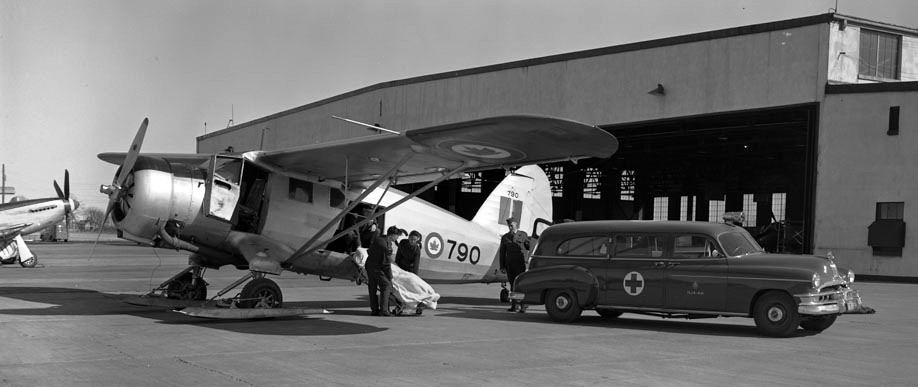
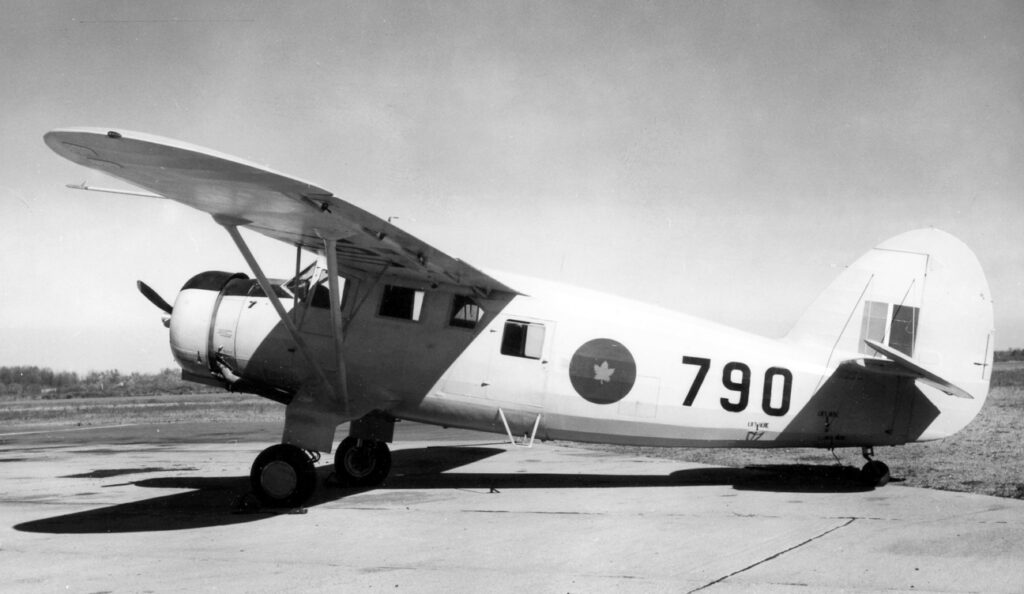
The Norseman currently being restored at Yanks Air Museum began life as a UC-64A, construction number 139, intended for the USAAF with the serial number 43-5148, but was immediately transferred to the Royal Canadian Air Force (RCAF) as a Norseman Mk. IV, RCAF serial number 790, with the aircraft taken on strength on June 10, 1943. On July 7, 1943, RCAF 790 was converted to become a Mk.VI. After World War II, the aircraft was used as a search and rescue aircraft and dutifully served the RCAF until it was decommissioned on August 22, 1955. The aircraft subsequently appeared on the Canadian civil registry as CF-IJG, flying for Georgian Bay Airways of Parry Sound, Ontario. However, on July 8, 1966, the aircraft was involved in a hard water landing on the glassy surface of Antiguois Lake in Quebec. There were no injuries from this incident, but the aircraft was stricken from the Canadian registry.
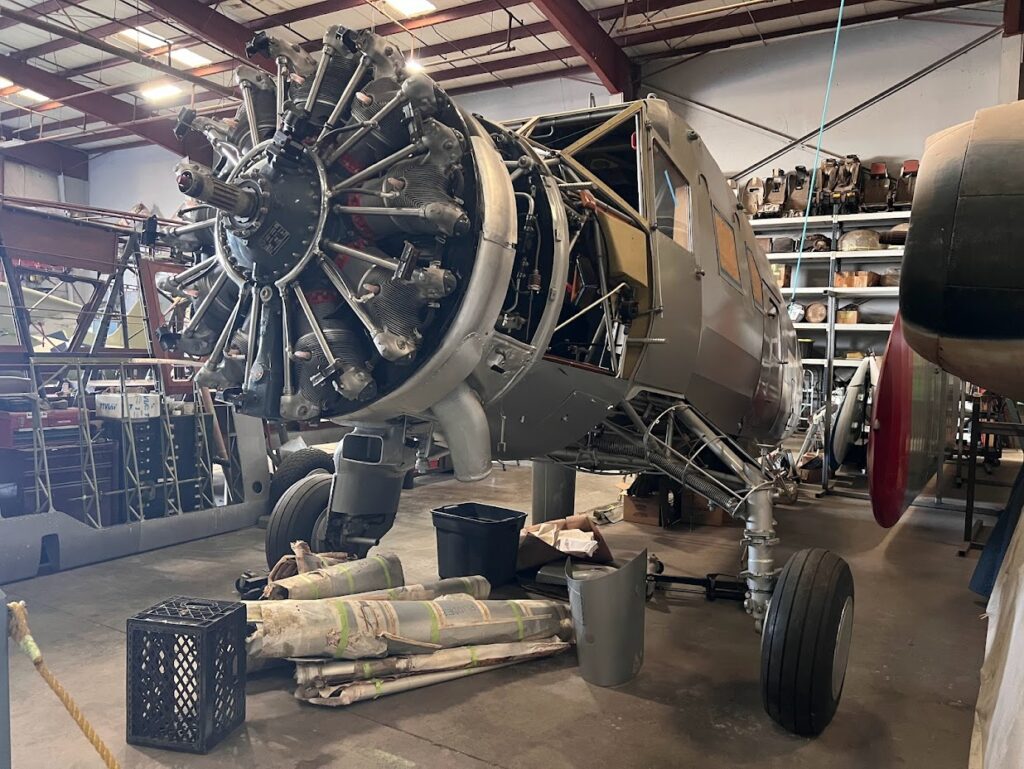
Eventually, it was purchased from the insurance company by Lloyd Street who, with the help of Gordon Hughes, was able to repair the aircraft to flyable condition and ferry it from the lake area. Eventually, though, the Norseman went into storage on Street’s farm in Gravenhurst, Ontario, until it was eventually acquired by Yanks in 2010. At the time of this article, 43-5148 has received a paint scheme reminiscent of another Norseman, 43-5299, which was used as a utility (or hack) aircraft, which would frequently deliver information about missions and targets for the men of the 553rd Bombardment Squadron, 381st Bombardment Group. Among these men was Stanton “Stan” Hoefler, who would later become the first curator of Yanks.
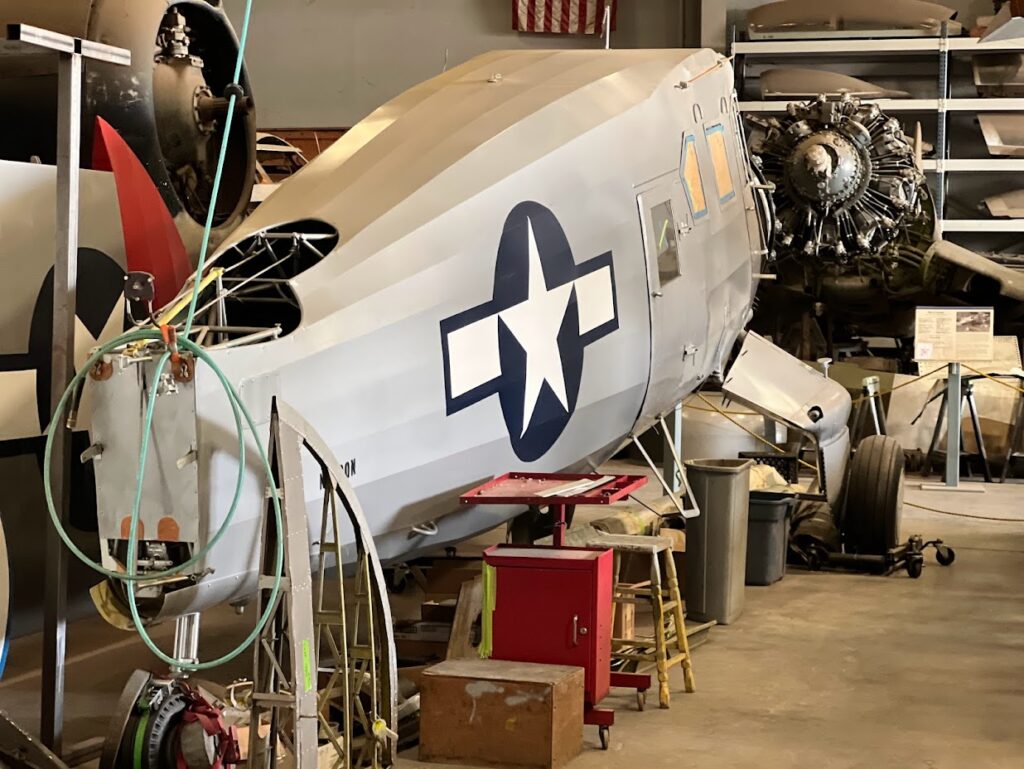
So far, the Norseman’s restoration has been nearing completion, with the fabric work being done by dedicated volunteer Tony Furukawa. The aircraft has received its USAAF paint scheme, the cockpit is now well furnished, and the cowling assemblies are ready for installation. Like most Yanks’ restorations, the Norseman has been restored to airworthy standards, and has a current registration with the FAA. With a wingspan of 51 feet, however, serious attention is being considered for the positioning of the aircraft when it is ready for display alongside the museum’s existing collection of priceless aircraft. But with other projects such as the Hellcat taking priority, the museum will have more time to make a proper decision on the matter of displaying the aircraft.
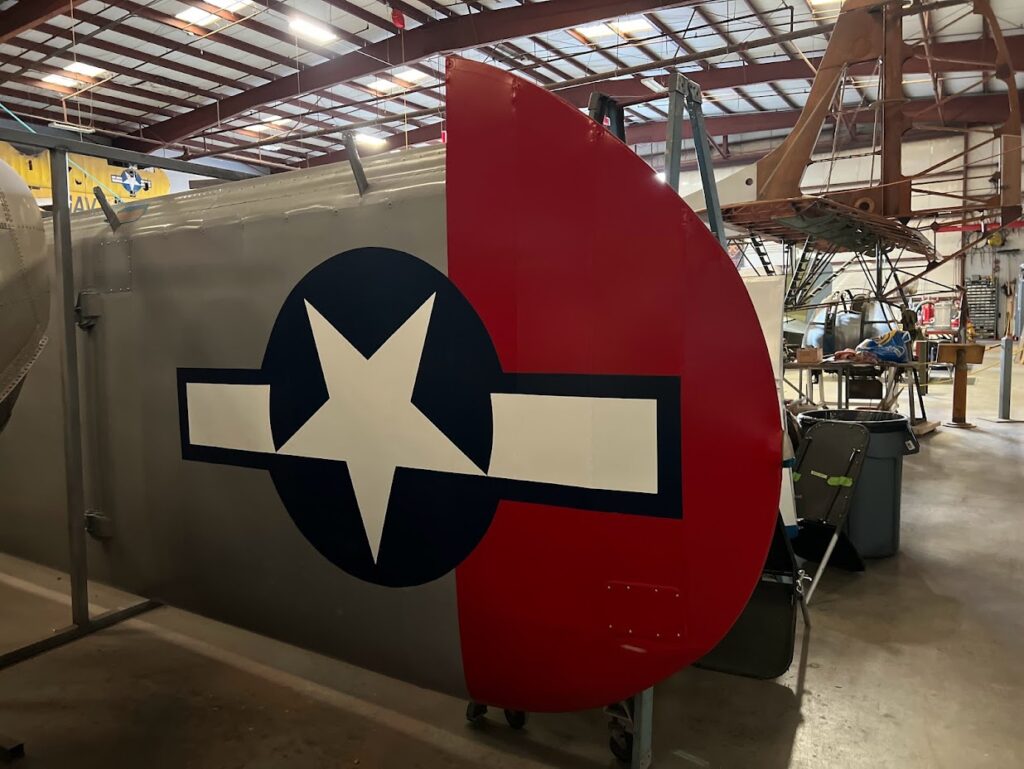
The Norseman’s eventual display will be a meaningful way in which the museum will honor not only a prominent and dedicated member of the museum, but also honors the utility provided in both war and peace by the Norseman, a rugged design that endures even today.









